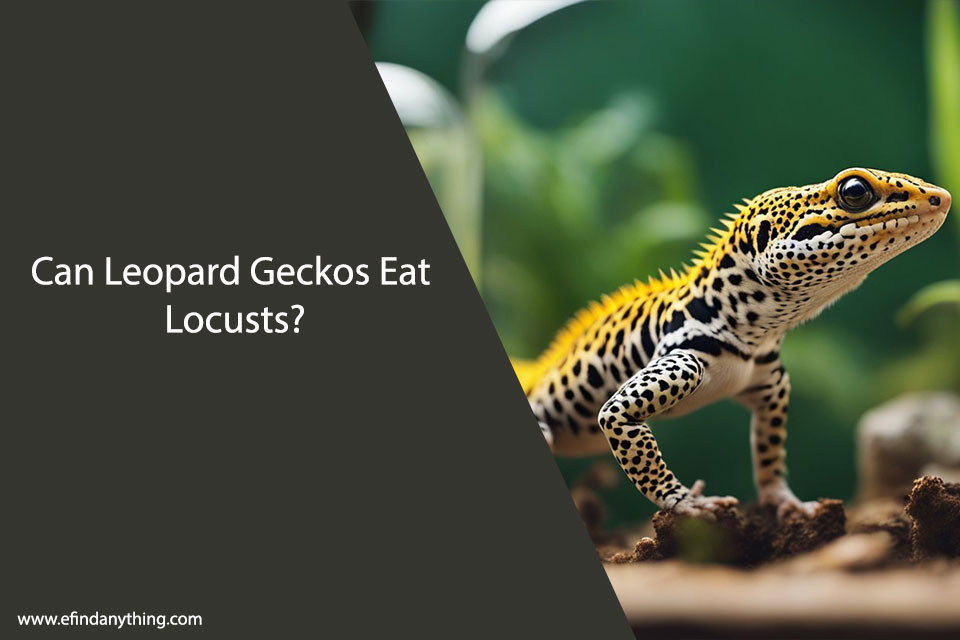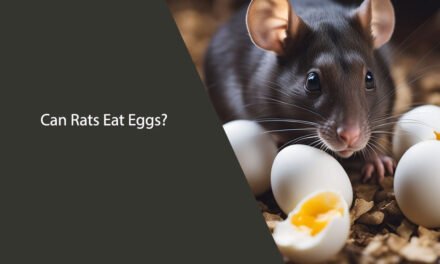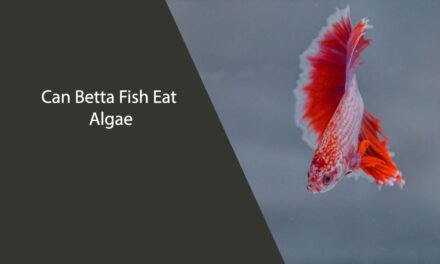Leopard geckos are fascinating creatures that make great pets. One of the most important aspects of caring for a leopard gecko is providing them with a healthy and balanced diet. While there are many options when it comes to feeding your leopard gecko, one question that often arises is whether or not they can eat locusts.
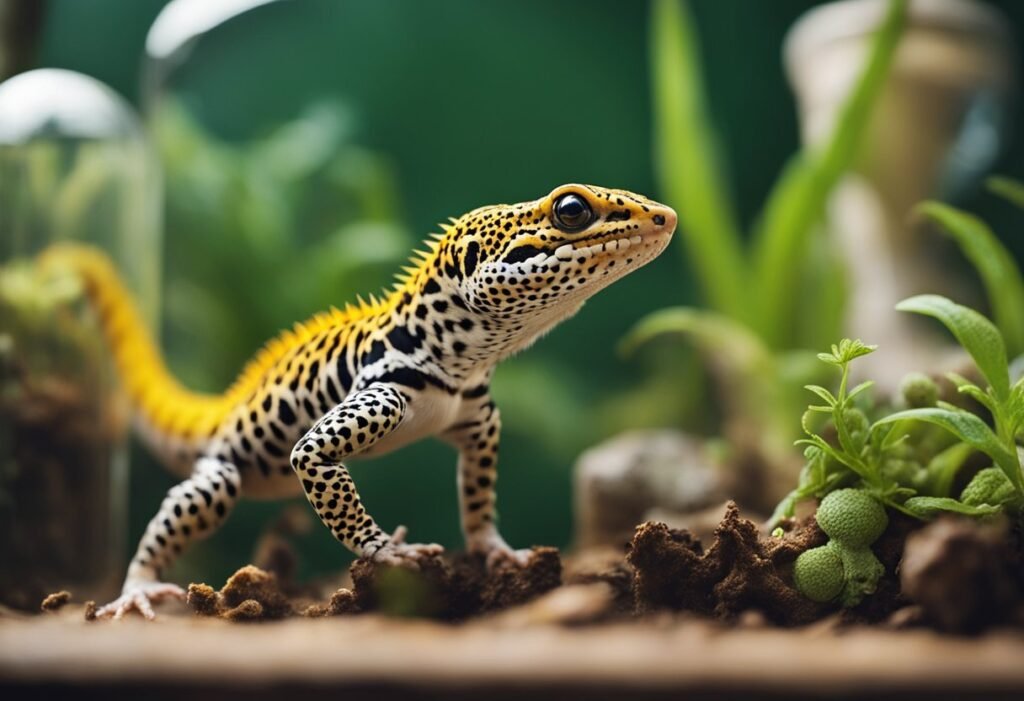
Locusts are a common food source for many reptiles, including some species of geckos. However, when it comes to leopard geckos, the answer is not so straightforward. While some leopard geckos may enjoy eating locusts, it is important to consider the nutritional value of this food source and whether or not it is appropriate for your specific gecko. In this article, we will explore the topic of whether or not leopard geckos can eat locusts and provide some insights into the nutritional value of this food source.
Table of Contents
Can Leopard Geckos Eat Locusts

Leopard geckos are insectivores and they require a diet that consists of a variety of insects. One of the insects that can be offered to leopard geckos is locusts.
Locusts are a good source of protein and they are relatively easy to find. They are also available in different sizes, which makes them a great option for leopard geckos of different ages.
However, it is important to note that locusts should not be the only food offered to leopard geckos. They should be fed a variety of insects to ensure they receive all the necessary nutrients.
When offering locusts to leopard geckos, it is important to make sure they are the appropriate size. The size of the locusts should be no larger than the width of the gecko’s head. This will prevent the gecko from choking or having difficulty swallowing the insect.
In conclusion, leopard geckos can eat locusts as part of a balanced diet. However, they should not be the only food offered and the size of the locusts should be appropriate for the gecko’s size.
Dietary Benefits of Locusts for Leopard Geckos
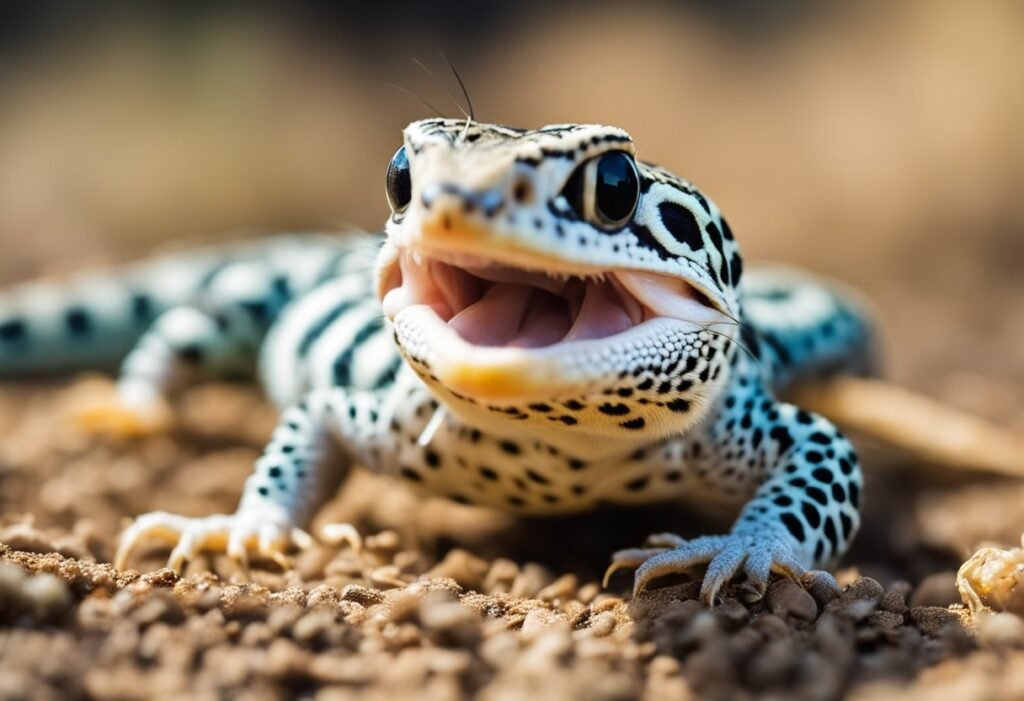
Locusts are a great addition to the diet of leopard geckos. They are a good source of protein and other essential nutrients that are required for the growth and development of these reptiles. Here are some of the dietary benefits of locusts for leopard geckos:
High Protein Content
Leopard geckos require a high protein diet to maintain their health and well-being. Locusts are an excellent source of protein and can provide up to 20% protein content per 100 grams. This makes them a great addition to the diet of leopard geckos, especially for growing juveniles.
Rich in Vitamins and Minerals
Locusts are also rich in vitamins and minerals that are essential for the overall health of leopard geckos. They are a good source of calcium, which is important for bone health, and also contain other minerals like iron, magnesium, and phosphorus. They are also rich in vitamins like vitamin A, which is important for vision and immune function.
Easy to Digest
Leopard geckos have a relatively short digestive tract, which means that they require food that is easy to digest. Locusts are a good choice for leopard geckos as they are easy to digest and do not cause any digestive issues. They are also low in fat, which makes them a good choice for geckos that are prone to obesity.
In conclusion, locusts are a great addition to the diet of leopard geckos. They are a good source of protein, vitamins, and minerals, and are easy to digest. However, it is important to ensure that they are fed in moderation and as part of a balanced diet to ensure the overall health and well-being of these reptiles.
Feeding Frequency and Portion Size

Leopard geckos should be fed live prey that is appropriate for their size and age. Locusts are a great source of nutrition for leopard geckos, but it is important to ensure that they are the right size and frequency for your gecko.
Adult leopard geckos can be fed 2-3 times a week, while juveniles may need to be fed daily. When feeding locusts, it is important to ensure that they are no larger than the width of your gecko’s head. This will help prevent choking and other digestive issues.
Portion size is also important when feeding leopard geckos. A good rule of thumb is to feed your gecko as much as they can eat in 15-20 minutes. This will help prevent overfeeding and ensure that your gecko is getting the right amount of nutrition.
It is also important to provide fresh water at all times and to dust your gecko’s food with calcium and vitamin supplements to ensure that they are getting all of the necessary nutrients.
Overall, feeding leopard geckos locusts can be a great way to provide them with a balanced diet. By paying attention to feeding frequency and portion size, you can ensure that your gecko is healthy and happy.
Nutritional Content of Locusts
Leopard geckos are known to be insectivores, and they require a balanced diet that provides them with all the necessary nutrients. One of the insects that leopard geckos can eat are locusts.
Locusts are a good source of protein, and they also contain other important nutrients that are beneficial to leopard geckos. Here are some of the nutritional contents of locusts:
- Protein: Locusts are rich in protein, which is essential for the growth and development of leopard geckos. Protein helps to build and repair tissues, and it also plays a role in the production of enzymes and hormones.
- Fat: Locusts contain a moderate amount of fat, which is important for providing energy to leopard geckos. However, too much fat can lead to obesity and other health problems, so it’s important to provide a balanced diet.
- Fiber: Locusts contain a small amount of fiber, which helps to promote digestion and prevent constipation in leopard geckos.
- Vitamins and minerals: Locusts are a good source of vitamins and minerals, including calcium, phosphorus, and vitamin A. These nutrients are important for maintaining healthy bones, teeth, and skin, and they also play a role in various metabolic processes.
Overall, locusts can be a nutritious addition to a leopard gecko’s diet. However, it’s important to provide a varied diet that includes other insects and supplements to ensure that leopard geckos receive all the necessary nutrients.
Preparing Locusts for Feeding
Leopard geckos are insectivores, and one of the insects they can eat are locusts. However, it is important to properly prepare locusts before feeding them to your leopard gecko. Here are some tips on how to prepare locusts for feeding:
Live Feeding
Leopard geckos can eat live locusts, but it is important to supervise the feeding to ensure that the locusts do not harm your gecko. Before feeding live locusts, make sure to remove any uneaten insects from the terrarium to prevent them from bothering your gecko or causing stress.
Gut-Loading Locusts
Gut-loading is the process of feeding insects a nutritious diet before feeding them to your leopard gecko. This ensures that your gecko is getting the maximum nutritional benefit from the insects. To gut-load locusts, feed them a diet of fruits, vegetables, and commercial gut-loading products for at least 24 hours before feeding them to your gecko.
Dusting with Supplements
Leopard geckos require certain vitamins and minerals in their diet to stay healthy. To ensure that your gecko is getting these nutrients, dust the locusts with a calcium and vitamin D3 supplement before feeding them to your gecko. This can be done by placing the locusts in a bag with the supplement powder and shaking gently until they are coated.
By following these tips, you can ensure that your leopard gecko is getting a nutritious and balanced diet.
Potential Risks and Considerations
Parasite Transmission
Leopard geckos can contract parasites from the locusts they eat. These parasites can cause health problems, including digestive issues and lethargy. It is important to ensure that the locusts are from a reputable source and are properly gut-loaded and dusted with calcium and multivitamins before feeding them to the gecko.
Choking Hazards
Locusts are larger than some other feeders, and there is a risk of choking if the gecko is not able to properly chew and swallow the insect. It is important to monitor the gecko while it is eating and remove any uneaten insects from the enclosure.
Allergic Reactions
Some leopard geckos may be allergic to locusts or have an adverse reaction to them. Symptoms of an allergic reaction can include swelling, redness, and difficulty breathing. If any of these symptoms are observed, the gecko should be taken to a veterinarian immediately.
Overall, while leopard geckos can eat locusts, it is important to consider the potential risks and take appropriate precautions to ensure the gecko’s health and safety.
Alternatives to Locusts in Leopard Gecko Diet
While locusts are a great source of nutrition for leopard geckos, there are other insects that can be included in their diet. Here are some alternatives to locusts that can be considered:
1. Crickets
Crickets are a popular and widely available option for leopard geckos. They are high in protein and can be gut-loaded to provide additional nutrients. However, it is important to ensure that the size of the cricket is appropriate for the size of the gecko to prevent choking.
2. Mealworms
Mealworms are another common option for leopard geckos. They are high in protein and fat, but lower in calcium than other insects. It is important to ensure that the mealworms are properly gut-loaded and dusted with calcium powder before feeding.
3. Dubia Roaches
Dubia roaches are a nutritious option for leopard geckos. They are high in protein and calcium, and can be gut-loaded to provide additional nutrients. However, they may not be as widely available as other insects.
4. Waxworms
Waxworms are a high-fat option that should be fed sparingly as a treat rather than a staple in the gecko’s diet. They are not as nutritious as other insects and can lead to obesity if overfed.
When selecting alternative insects for leopard geckos, it is important to ensure that they are properly gut-loaded and dusted with calcium powder to provide adequate nutrition. It is also important to vary the gecko’s diet to prevent boredom and ensure that they are receiving a balanced diet.
Understanding Leopard Gecko Feeding Behavior
Leopard geckos are insectivores, which means they primarily feed on insects. In their natural habitat, they eat a variety of insects, including crickets, mealworms, and locusts. However, their feeding behavior can vary depending on several factors, such as age, size, and health.
Leopard geckos are nocturnal animals, which means they are most active during the night. They hunt and feed during the night, and they prefer live insects that move around. It is important to note that leopard geckos have a very slow digestive system, and they need time to digest their food properly.
When feeding leopard geckos, it is essential to provide them with a balanced diet that meets their nutritional needs. They require a diet high in protein and low in fat. It is recommended to feed them a variety of insects, including crickets, mealworms, and locusts, to ensure they get all the nutrients they need.
Leopard geckos have a tendency to overeat, which can lead to obesity and other health problems. Therefore, it is important to monitor their feeding behavior and adjust their diet accordingly. It is also important to provide them with fresh water at all times, as dehydration can lead to health issues.
In summary, leopard geckos are insectivores that require a balanced diet high in protein and low in fat. They prefer live insects that move around, and their feeding behavior can vary depending on several factors. It is important to monitor their feeding behavior and adjust their diet accordingly to ensure their health and well-being.
Safe Handling and Storage of Locusts
When it comes to feeding leopard geckos, locusts are a popular choice due to their high nutritional value. However, it is important to handle and store them properly to ensure the safety of both your gecko and yourself.
First and foremost, it is crucial to purchase locusts from a reputable source to ensure that they are healthy and free of any harmful bacteria or parasites. Once you have your locusts, it is important to keep them in a well-ventilated container with a lid to prevent them from escaping and to avoid overcrowding.
When handling locusts, it is recommended to use tongs or gloves to avoid any potential bites or scratches. It is also important to avoid touching your face or mouth after handling locusts to prevent the spread of any bacteria.
In terms of storage, locusts should be kept in a cool and dark place, such as a basement or garage, to slow down their metabolism and prolong their lifespan. It is important to provide them with fresh food and water regularly to ensure their health and prevent any potential bacteria growth.
Overall, proper handling and storage of locusts is crucial for the health and safety of your leopard gecko. By following these simple guidelines, you can ensure that your gecko is getting the best nutrition possible from their food source.
Frequently Asked Questions
Are locusts safe for leopard geckos to consume?
Yes, locusts are safe for leopard geckos to consume. They are a common staple in the diet of leopard geckos and are a good source of protein.
What is the nutritional value of locusts for leopard geckos?
Locusts are a good source of protein, calcium, and other essential vitamins and minerals that are important for the health of leopard geckos. They are also low in fat, making them a healthy addition to a leopard gecko’s diet.
How often should leopard geckos be fed locusts?
Leopard geckos should be fed locusts once or twice a week, depending on their age and size. It is important not to overfeed leopard geckos, as this can lead to obesity and other health problems.
What size locusts are appropriate for leopard geckos to eat?
Leopard geckos can eat locusts that are smaller than the width of their head. It is important to choose the appropriate size of locusts for your leopard gecko, as feeding them insects that are too large can cause digestive problems.
Can feeding locusts to leopard geckos cause any health issues?
Feeding locusts to leopard geckos is generally safe and does not cause any health issues. However, it is important to ensure that the locusts are gut-loaded and dusted with calcium and other essential vitamins and minerals before feeding them to your leopard gecko.
What are the alternatives to locusts in a leopard gecko’s diet?
There are several alternatives to locusts in a leopard gecko’s diet, including crickets, mealworms, and waxworms. It is important to vary your leopard gecko’s diet and offer a variety of insects to ensure they are getting a balanced diet.

